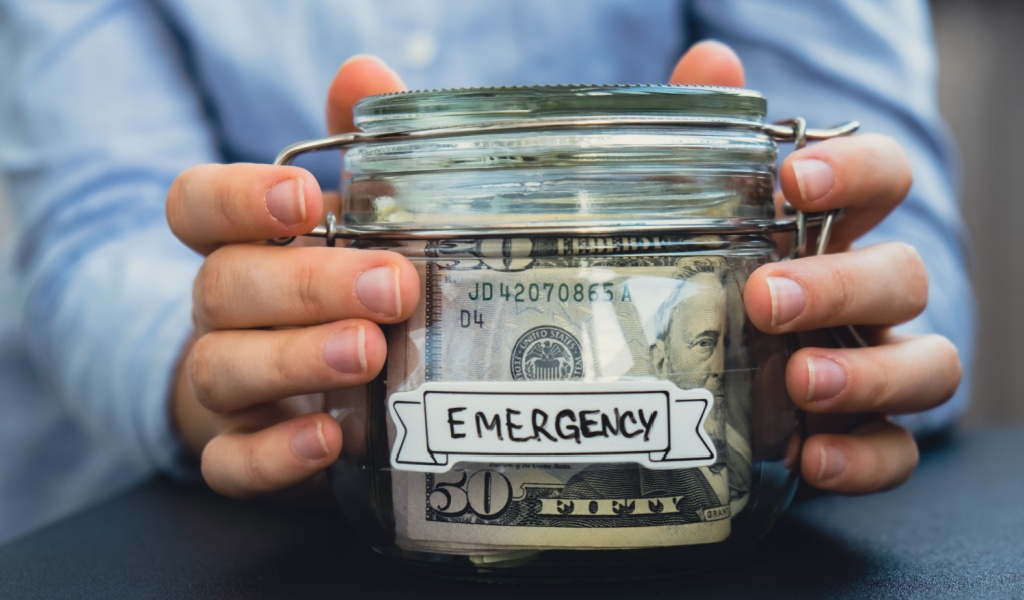Financial statements are commonplace in a business setting. They are an indication of the overall financial health of a corporation and can be useful in a number of different ways. A personal financial statement is a simpler version of this as it is a document that outlines the financial situation of an individual at any given time. Along with bearing basic information about the person, such as their name and address, it also lists out all of their assets and liabilities.

Why Should You Have a Personal Financial Statement
A personal financial statement can be an important tool that one uses to gain comprehension of their current situation. This way, it will be easy to identify areas that need to be rectified, such as outstanding debt, and keep track of financial goals and wealth. Therefore, a personal financial statement can be an invaluable tool for someone who wants to change their financial situation. Having this tool on hand can also lessen the need to make multiple inquiries on their credit reports.
A personal financial statement is also very useful when a person applies for credit. Since the breakdown of all of their assets and liabilities is laid out in a neat fashion, it makes the job of the lender much easier. You can avoid going through the troubles of declined credit applications as this makes it clear whether you would qualify for the loan even before you send it in. Oftentimes, you would be required to put up collateral to secure a loan or mortgage, and your personal financial statement will indicate whether you will be able to do so.
What is Included in a Personal Financial Statement?
As we mentioned earlier, a personal financial statement is an outline of all the assets and liabilities of an individual. At the same time, married couples may also draw up a joint personal financial statement by combining their assets and liabilities.
Assets that will be listed in your personal financial statement include the value of securities and funds held in checking or savings accounts, retirement account balances, trading accounts, and real estate. As for liabilities, these would include any debts the individual may have including personal loans, credit cards, student loans, unpaid taxes, and mortgages. Debts that are jointly owned will also need to be listed.
An income statement can also be drawn in addition to the personal financial statement listing all the forms of income and expenses, typically represented in monthly or yearly amounts. This can be included as a separate document or spreadsheet or as an addendum to the personal financial statement. An income statement helps give a more comprehensive idea of a person’s overall financial situation and is very useful especially when a personal financial statement is used to attain credit or calculate net worth.
Personal Net Worth
Net worth is probably a term that you’ve often heard and associated with in regards to the wealth of celebrities and other very famous or very rich people, however, each one of us has a net worth. Now, whether that net worth is positive or negative depends on your personal financial statement.
The goal of your personal financial statement is to discover your net worth, and this is done by calculating the difference between your assets and liabilities. If the total of your assets is higher than your liabilities, it is an indication that what you have is enough to pay off all your debts. Therefore, you will have a positive net worth. On the other hand, if the sum of your liabilities is higher than your assets, your personal financial statement will indicate a negative net worth.

What is NOT Included in Your Personal Financial Statement?
Here are some of the things that will not be taken into account when it comes to the personal financial statement/net worth of any individual:
Business-Related Assets and Liabilities:
Such articles are excluded from the personal financial statement of an individual. Business assets are owned by the business and not the individual, and they cannot sell them off to pay back their loans. At the same time, business loans are also not considered personal liabilities unless the person is directly responsible, say if they have provided a personal guarantee or co-signed onto a loan.
Rentals:
If you have items in your possession that you have rented, be it a house, car, or anything else, these are not included in your personal financial statement. On the other hand, if you own something that you have rented out to someone else, the value of that asset must be included.
Personal Items:
A personal financial statement doesn’t count everything you own as property as only things that can be sold off to pay debts will be considered as assets. As such, things like furniture and household goods aren’t considered assets. However, things like jewelry and antiques that hold significant value may be included if they can be appraised and verified.
How to Create a Personal Financial Statement
Here is an example of a personal financial statement:
Emma is an architect who is tracking her net worth as she works towards retirement. Her goals are to pay off debt, save money, invest, and buy her own house. Currently, her personal financial statement is as follows:
| Asset | Value | Liability | Value |
| Car | $20,000 | Car | $5,000 |
| House | $250,000 | House | $50,000 |
| Investments | $250,000 | Co-Signed Loan | $15,000 |
| Jewelry | $15,000 | ||
| Cash | $60,000 | ||
| Total | $5,95,000 | Total | $70,000 |
In this instance, Emma’s total assets are valued at $5,95,000 and her total liabilities are $70,000. As a result, she has a positive net worth of $5,25,000. Although she mainly uses her personal financial statement to keep track of her goals, it can also be useful if she ever wanted to apply for any other credit.
However, keep in mind that when it comes to applying for loans, it is not just your credit report or personal financial statement that the lender will consider. They will also look into your payment history. So, even if you have a positive net worth – more assets than liabilities – if you do not have a consistent payment history or have too many inquiries on file, you may still be denied a loan or credit card.



